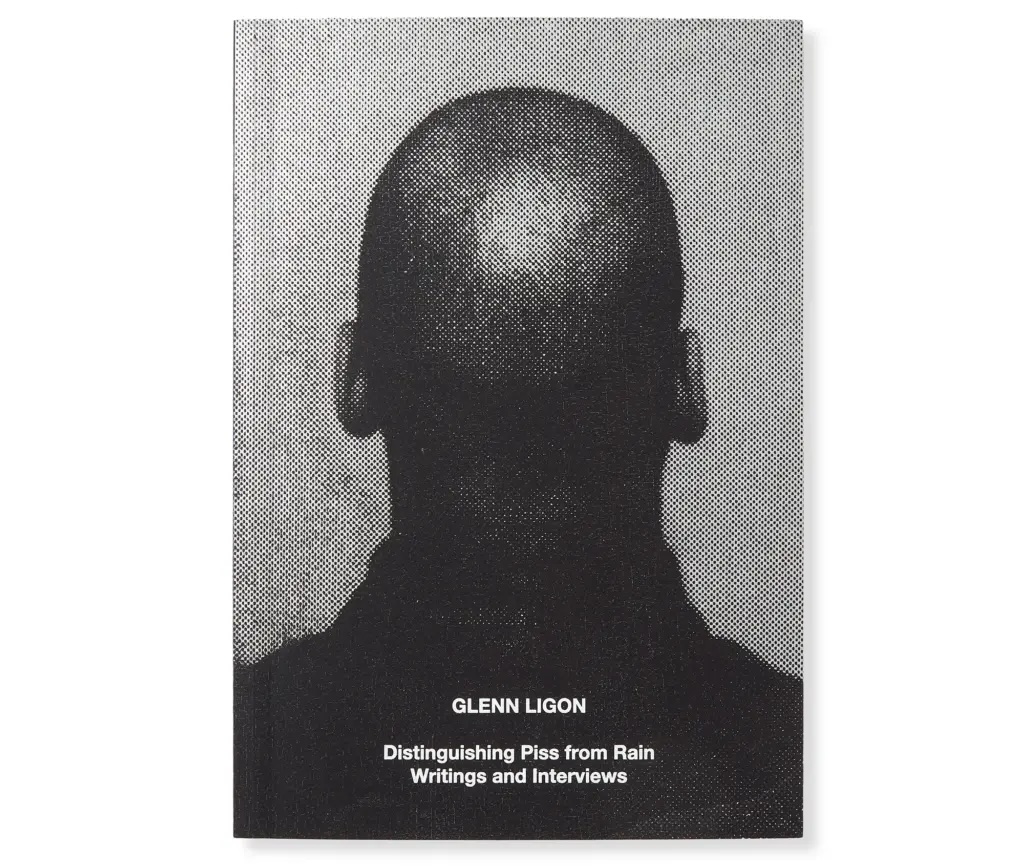A collection of straight-talking essays and interviews capture the artist’s idiosyncratic perspective on America

‘Words are pictures the way I paint them,’ Glenn Ligon pointed out in an interview from 1997. A few years later, his interest in words would begin to reveal itself in another context: through the medium of the essay. This anthology of Ligon’s luminous writings, all commissioned, puts together an evocative portrait of the artist’s subject matter – America – by someone who can tell a story. He considers artists (Felix Gonzalez-Torres, David Hammons), legends (Marsha P. Johnson), spectacles (Graceland) and the street (The Wire). New York City, Ligon’s home, is a recurring backdrop to all of this.
Ligon is also skilled at scrutinising himself. ‘The small stuff matters. Don’t compromise,’ he notes in ‘Advice for Young Artists’. It’s an insight that shapes the tone of the collection, as signalled by its straight-talking title – a reference to Reverend Al Sharpton’s declaration that one should be able to tell if someone is pissing on them and calling it rain. This life lesson is first brought to Ligon’s attention by his mother, whose decision to send her Black son to a predominantly white private school is finalised on the basis that he, too, can ‘differentiate piss from rain’
This anecdote is disclosed in a review of a 2013 public art project by Thomas Hirschhorn installed at a social housing complex in the South Bronx where Ligon was raised. The essay is typical of his approach: Ligon is masterly when correlating life with art. Relatives who star in his essays are particularly inspiring: dapper guys whose elegance is synced to bigger things. Uncle Donald ‘was everything’ with his white vinyl boots, which referenced ‘both the future and the past’, not unlike the teleporting ‘moon boots’ worn by Sun Ra in the 1974 film Space Is the Place. Uncle Tossy, meanwhile, ‘stylish in a Pierre Cardin suit’, had a gift for turning precariousness into something plentiful. ‘When I first saw the work of David Hammons, with its attention to the poetics of emptiness,’ Ligon writes, ‘I saw in it echoes of my Uncle Tossy’s life.’
Blackness is considered by Ligon throughout, and its presence, as explored through those close to him, as well as those who are not, sets the scene for what America might mean to him: the picture he creates, though unnerving at times, is propelled forward by those with an unrelenting inclination to make something out of nothing.
Glenn Ligon: Distinguishing Piss from Rain; Writings and Interviews. Edited by James Hoff, Hauser & Wirth Publishers, £32 (softcover)